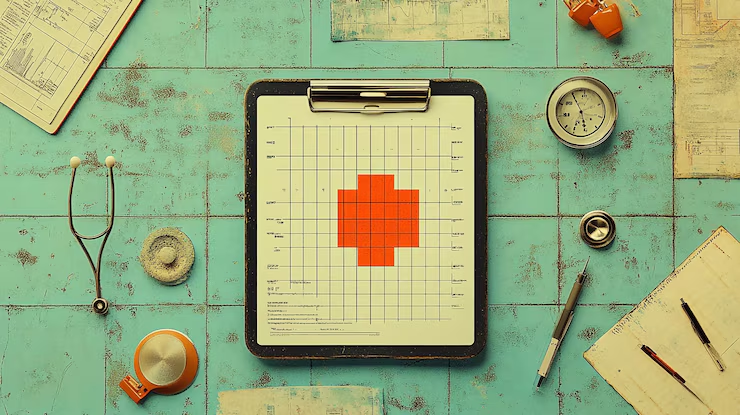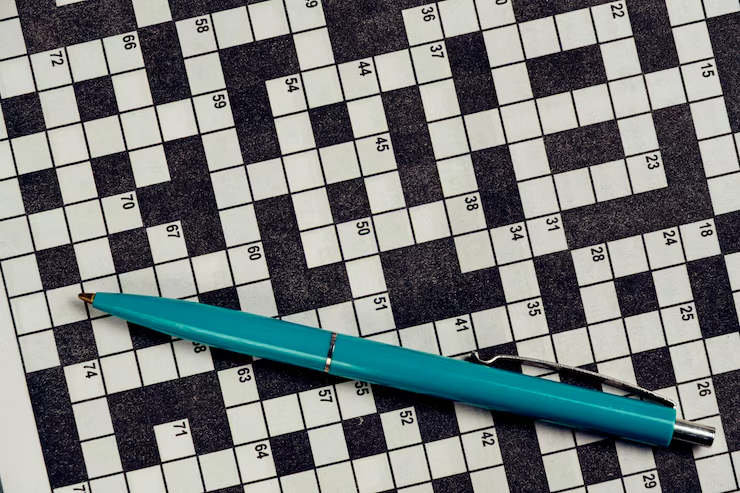In this guide, you’ll learn how to decode this type of clue with ease. We’ll explore strategies for solving it, possible answers, and why it’s designed to trip up even the best solvers. So, let’s dive into the world of crossword solving and break down this mysterious phrase.
Understanding the Nature of NYT Crossword Clues
Before we address the specific clue, it’s important to understand how New York Times (NYT) crossword puzzles work. These puzzles are carefully crafted by professional constructors. Each clue can be literal, figurative, pun-based, or even misleading on purpose.
The clue ‘Bumped Things’ NYT Crossword is vague enough to fit multiple answers. Therefore, knowing how these clues are written helps narrow down potential solutions.
Why ‘Bumped Things’ NYT Crossword Stumps Solvers
The phrase “bumped things” is informal. It doesn’t directly point to a single meaning. This ambiguity is what stumps many solvers. Some interpret it as collisions, while others think of accidental encounters or scheduling conflicts.
This variety in interpretation is what makes it a great clue — and a frustrating one. The New York Times puzzle editors use such clues to push players to think differently.
Common Strategies to Solve Tricky Clues
Look for Synonyms and Similar Words
Often, the answer isn’t the first word that comes to mind. When faced with a clue like ‘Bumped Things’ NYT Crossword, list down synonyms of “bumped”:
- Hit
- Knocked
- Nudged
- Jostled
- Collided
Now think about what kind of objects or things can be bumped:
- Elbows
- Cars
- Hips
- Shoulders
- Ideas (in a metaphorical sense)
Pairing these two lists can spark some ideas for possible answers.
Use Crossword Puzzle Patterns
Most puzzles will provide a certain number of blank squares. Use the length of the answer and any known letters from crossing clues. For example, if you have _ _ R S, then a likely answer could be CARS or JARS, depending on the length.
Think Literally and Figuratively
Don’t just think physically. The NYT crossword often plays with double meanings. For instance, “bumped” can relate to TV programming changes or to someone being removed from a list. This kind of lateral thinking is key.
Consider Verb Forms
Is “bumped” in the past tense used as a verb or as an adjective in this context? This can affect the answer. If it’s a verb, you might be looking for a noun object. If it’s an adjective, the answer could be a descriptive noun.
Sample Answers to ‘Bumped Things’ NYT Crossword
Here are some possible answers that have appeared or could appear in NYT crosswords:
HIPS
People often bump hips when dancing or walking in crowds. This answer fits a physical and social context.
CARS
A common source of accidents or bumps. This is one of the first answers many solvers guess.
ELBOWS
Especially in crowded spaces, people often bump elbows. It also ties in with the COVID-era greeting.
SHOULDERS
Shoulders get bumped in sports and crowded sidewalks. A great metaphorical and physical fit.
JARS
Think of jars bumping in a moving box or on a shelf. It’s a bit abstract but still relevant.
Why Context in Crossword Puzzles Matters
Consider the Day of the Week
NYT crosswords get harder as the week progresses. If you see ‘Bumped Things’ NYT Crossword on a Monday, expect a more literal answer. If it’s in a Friday or Saturday puzzle, think more abstractly.
The Theme of the Puzzle
Many crosswords have a theme, especially in the early part of the week. If the puzzle’s theme is about cars or traffic, then “CARS” becomes a more likely answer. Pay attention to the puzzle’s title and other clues.
Check Nearby Clues
Adjacent clues can often hint at a mini-theme. If several clues mention movement, travel, or collision, that reinforces a certain context.
Tools to Help You Solve Clues Faster
Crossword Solver Tools
There are online tools where you can input known letters and the number of squares to get potential answers. Some reliable ones include:
- OneLook
- Crossword Tracker
- NYT Crossword Archive
Use the NYT Crossword App
The official app not only lets you solve puzzles but also reveals clues and explanations if you get stuck. It’s an excellent way to learn and improve.
Forums and Communities
Join communities like:
- Reddit’s r/crossword
- Wordplay blog by NYT
- Crossword Fiend website
These platforms often discuss tricky clues like ‘Bumped Things’ NYT Crossword in detail.
Tips to Improve Your Crossword Solving Skills
Solve Regularly
The more puzzles you solve, the better you get. Make it a daily habit. Start with early-week puzzles and progress.
Learn Common Clue Tricks
NYT crosswords often reuse clue styles. Some common tricks include:
- Puns and wordplay
- Abbreviations
- Homophones
- Foreign language inserts
Knowing these can give you an edge.
Expand Your Vocabulary
Read books, articles, and old puzzles. The broader your vocabulary, the easier it becomes to decode obscure clues.
Final Thoughts
Solving the ‘Bumped Things’ NYT Crossword clue can be challenging. However, with the right approach, it becomes a fun mental exercise rather than a frustrating riddle.
To wrap it up:
- Understand how NYT clues are designed.
- Break down the clue into possible meanings.
- Use the context of the puzzle.
- Leverage solving tools and community forums.
- Practice consistently.
By applying these strategies, you’ll find yourself solving not just this clue, but many others with confidence and ease. Keep practicing, and the world of crossword puzzles will become your playground.



